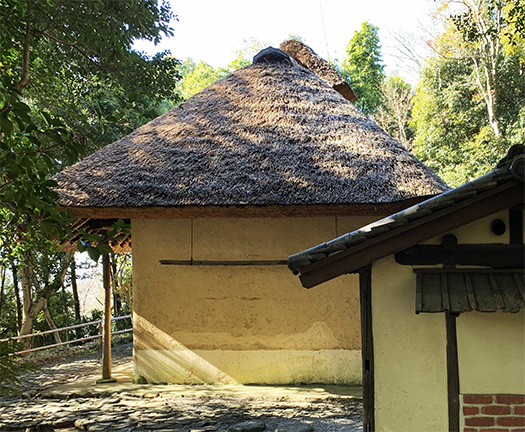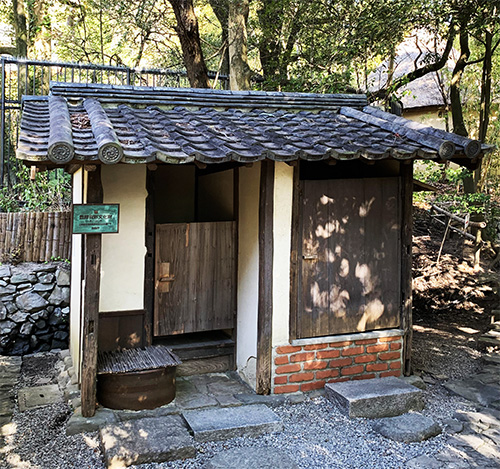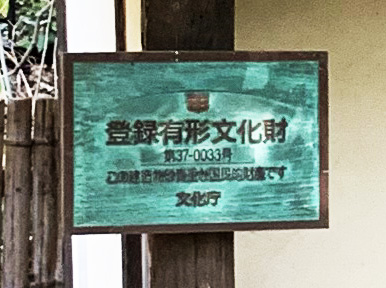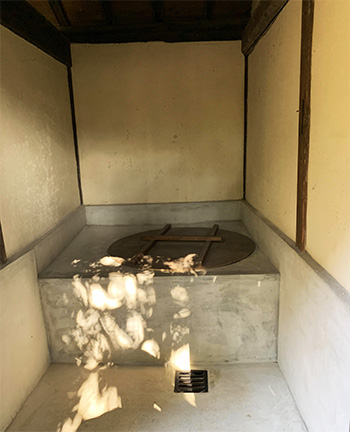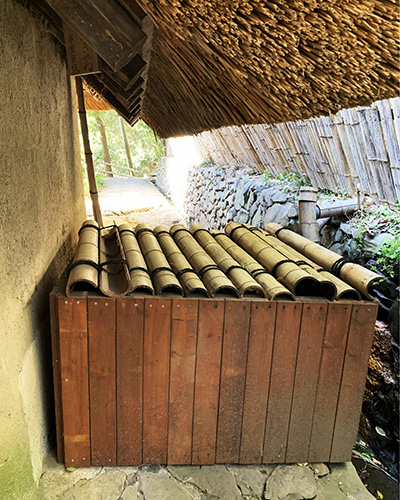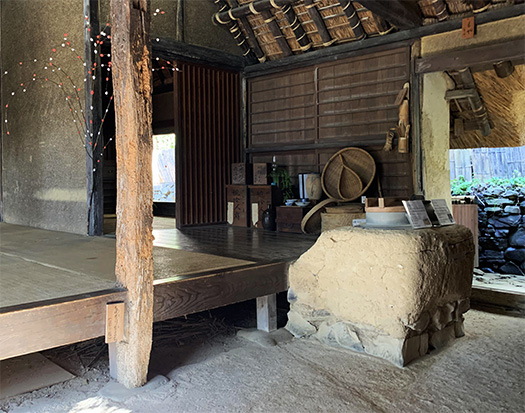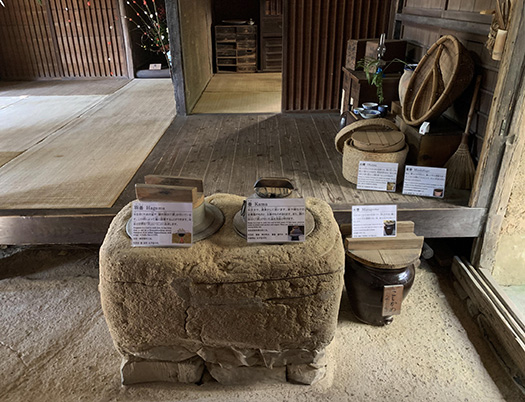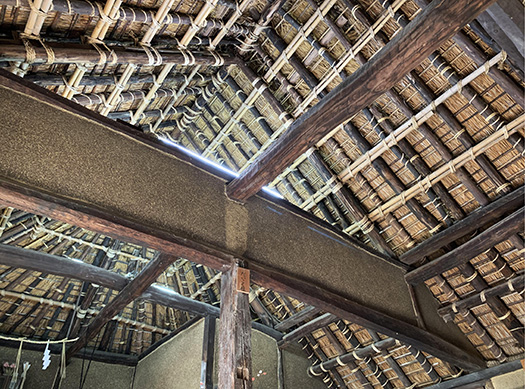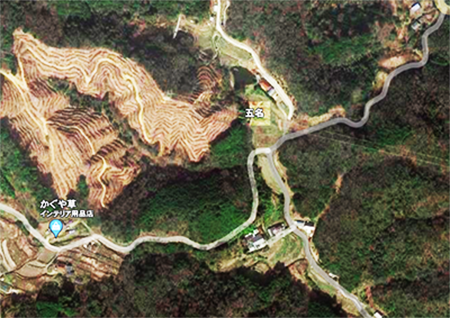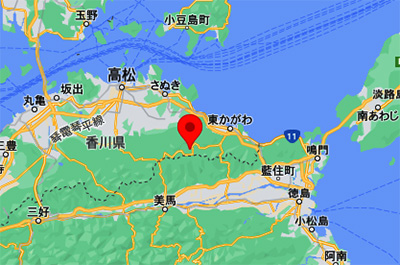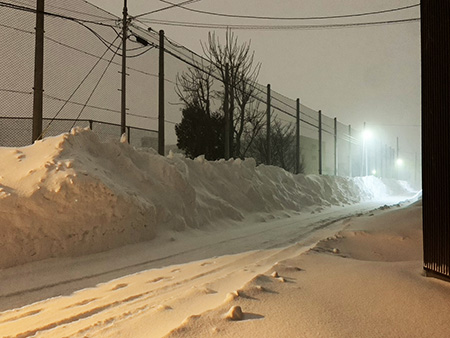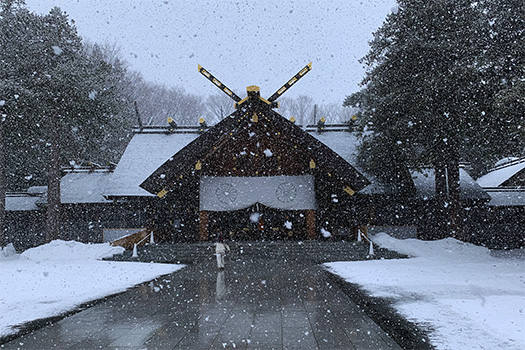
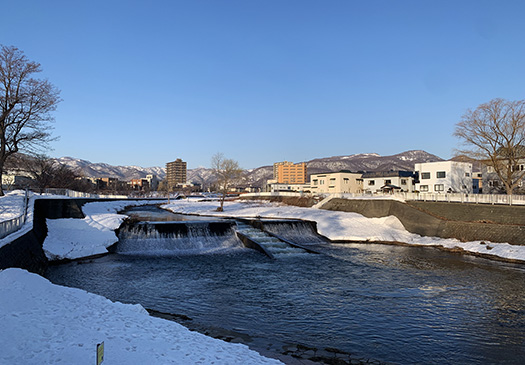
わたしどもの住所は札幌市西区山の手なのですが、
同じ住所名でヒグマの巣穴が発見されて男性2人が被害を受けた。
報道ではこの巣穴には体長40cmレベルの子熊が2頭残され
人に危害を加えた母熊は、周辺山林に逃亡中だという。
母性本能を考えれば子熊のところに戻るべく帰巣を狙っているでしょう。
いまは監視体制が取られているので母熊がどう判断するか、
非常にきわどい段階なのだということ。
すっかりその名前も知られたのですが、場所は「三角山」の上の方。
わが家からだいたい1.5km程度の距離であります。
昨年から札幌市内でヒグマの出没が相次いで、
市民生活もいろいろに影響を受けていたのですが、
ことしは雪融けとともにさっそく非常事態的な状況です。
昨日朝、散歩に外に出た途端に上空を数台のヘリが爆音をとどろかせ
三角山方向から緊急的な車両移動の様子がビンビン伝わってくる。
一種異様な状況に包まれておりました。
そういった事実はWEB、SNSなどで情報を得ていたので
散歩コースは山側を避けて行動しておりましたが、
小1時間経過後、帰宅しても三角山方向からの騒音は一向に止みませんでした。
昨年来、予防的なヒグマ駆除の社会的決定が一向になかったことで、
ことしの春以降、ヒグマ危機が常態化する悪い予感がありましたが
どうもこういう予感は現実化してきたと思います。
人間を守れない社会システムならば自己矛盾ではないか。
ヒグマ個体数の増加とともに札幌市内で同様な巣穴は多数あるのでしょう。
「ヒグマとの共生」というのはコトバは美しいかも知れないけれど、
普通の日本人社会とは異なる危険の受容を強制されるに等しい。
この地域に住んでいる人間は、つねにビクビクして生きることになる。
人間社会では交通事故もたしかに危険因子ではあるけれど、
その対価としては移動交通の利便性ということがある。
ヒグマとの共生という危険因子受容の対価はなにかと考えると
動物愛護の自己満足感ということになるだろうか。
しかしこの動物はかなり危険で遭遇すれば被害確率はマックス。
誰が考えても、ヒグマ生息圏と人間社会をしっかり分離させ距離を保つしかない。
オオカミは北海道でかつて自然に生息していたけれど、
この距離確保がムリで絶滅させるしかなかったのでしょう。
ヒグマとはその個体数を人間側でコントロールするべく駆除し
人間社会との安全距離を確保するしかないと思われるのですが、さて・・・。
English version⬇
[Securing a peaceful sense of distance between brown bears and human society]
At the same time as Russia’s invasion of neighboring areas, Hokkaido is in the midst of a brown bear distress crisis in Sapporo. Property tax is taken and it is in danger of being left unattended.・ ・ ・
Our address is in Yamanote, Nishi-ku, Sapporo.
A brown bear burrow was found with the same address and two men were damaged.
According to media reports, two cubs with a body length of 40 cm are left in this burrow.
The mother bear, which has harmed humans, is said to be fleeing to the surrounding forests.
Given her maternal instinct, she would be aiming to return home to return to the bear.
Now that the monitoring system is in place, how does the mother bear judge?
It’s a very critical stage.
The name was well known, but the place is above “Sankakuyama”.
It is about 1.5km from my house.
Since last year, brown bears have been appearing one after another in Sapporo city.
Citizen’s life was also influenced in various ways,
This is an emergency situation as the snow melts.
As soon as I went out for a walk yesterday morning, several helicopters roared over the sky.
From the direction of Mt. Sankaku, you can see the urgent movement of the vehicle.
I was surrounded by a strange situation.
I got information about such facts on the WEB, SNS, etc.
The walk course was acting avoiding the mountain side,
Even after returning home after a small hour, the noise from the direction of Mt. Sankaku did not stop at all.
Since last year, there has been no social decision to prevent brown bears.
After this spring, I had a bad feeling that the brown bear crisis would become normal.
I think this kind of premonition has come true.
Isn’t it self-contradiction if it is a social system that cannot protect humans?
As the number of brown bears increases, there may be many similar burrows in Sapporo.
“Coexistence with brown bears” may be beautiful, but
It is equivalent to being forced to accept a danger different from that of ordinary Japanese society.
Humans living in this area will always be thrilled to live.
Traffic accidents are certainly a risk factor in human society,
The price is the convenience of mobile transportation.
Considering what the price of accepting the risk factor of coexistence with brown bears is
Is it a sense of self-satisfaction for animal welfare?
However, this animal is quite dangerous and if encountered, the damage probability is max.
No matter who thinks, there is no choice but to keep the brown bear habitat and human society apart.
Wolves used to live naturally in Hokkaido,
This distance securing would have been the only way to extinct it.
Brown bears are exterminated to control their population on the human side.
It seems that there is no choice but to secure a safe distance from human society, but …
Posted on 4月 2nd, 2022 by 三木 奎吾
Filed under: 状況・政治への発言 | No Comments »



